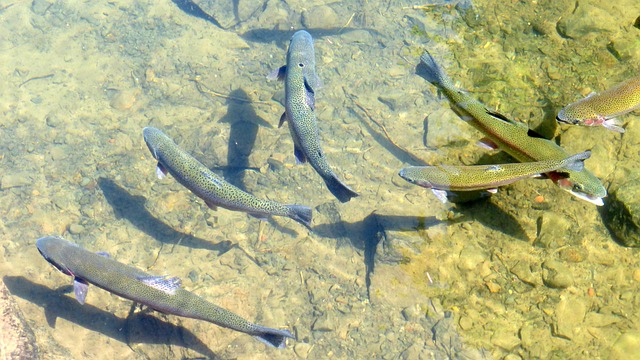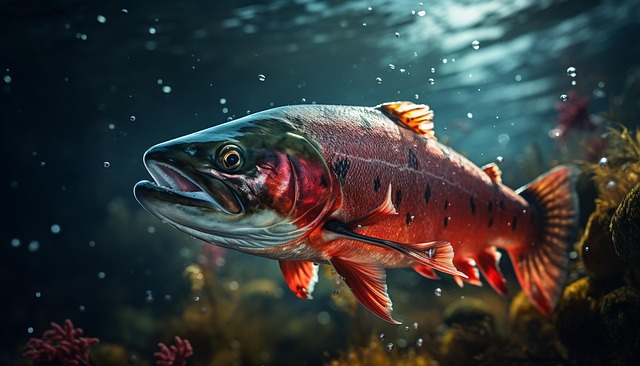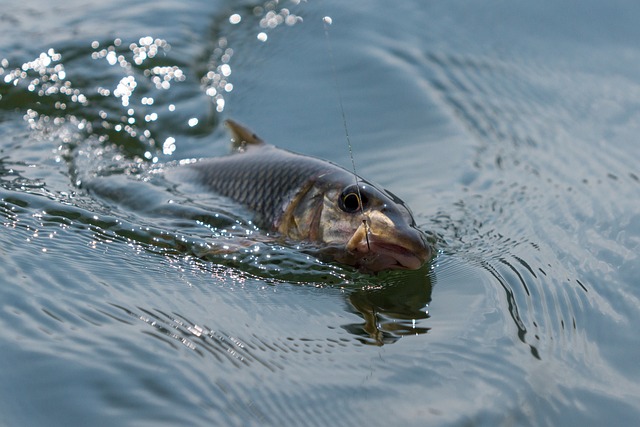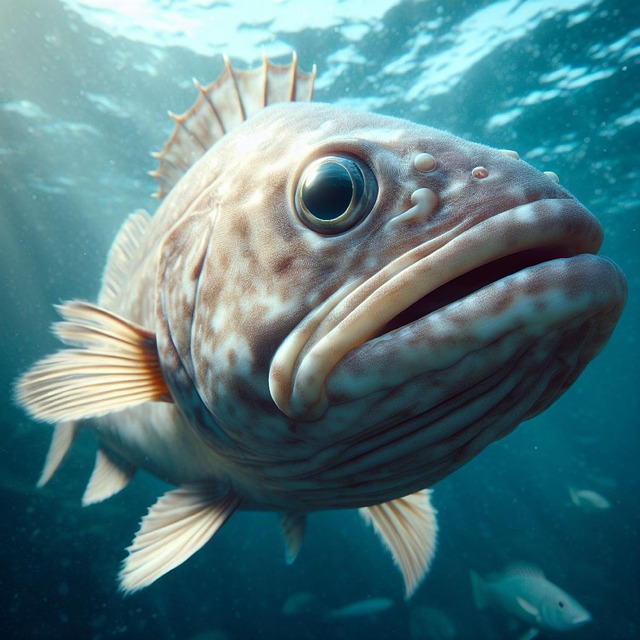River trout fishing divides into fly fishing and spinning, each with distinct techniques. Fly fishing uses lightweight gear and mimics insects, ideal for clear rivers, requiring patience. Spinning offers versatility, covering more water with various lures, suitable for deeper areas and different conditions, providing immediate feedback. The choice depends on river characteristics and angler preference.
“Uncover the timeless art of river trout fishing through a battle of techniques: fly fishing versus spinning. This article navigates the world of these two iconic methods, each with its unique allure and challenges. From understanding the basics of fly casting to exploring spinning gear, we delve into what makes these approaches distinct. By comparing their benefits and drawbacks, anglers can make informed choices for maximizing success on the river, ultimately deciding which method best suits their trout fishing adventures.”
- Understanding the Basics of Fly Fishing for Trout
- Exploring the Techniques and Equipment in Spinning for Trout
- Comparing Benefits and Challenges: Fly vs. Spinning for River Trout Fishing Success
Understanding the Basics of Fly Fishing for Trout

Fly fishing for river trout involves a unique and specialized technique that many anglers find captivating. It’s an art that requires a different approach compared to spinning. Here, the fly fisherman uses a light-weight rod and reel, along with a distinctive synthetic or feathered lure known as a fly. This method is all about imitating the natural habitat of river trout, which includes simulating the behavior of insects and small aquatic creatures.
When fly fishing, anglers cast the line by making rhythmic back-and-forth motions, allowing the light fly to drift with the current. This technique demands precision and patience as it involves presenting the fly gently and naturally to entice the trout. The goal is to create a realistic presentation that tricks these selective fish into striking. River trout, known for their finicky nature, often prefer the subtlety of a fly over traditional lures.
Exploring the Techniques and Equipment in Spinning for Trout

Spinning is a popular method for catching river trout, offering anglers a versatile and effective approach to target these elusive fish. This technique involves using a spinning reel and rod, paired with various lures and bait, to entice trout. Anglers can cast their lines accurately across a river, covering more water and reaching deeper areas where trout might reside. The equipment is relatively straightforward: a spinning rod and reel, fishing line (often monofilament or braided), and a range of lures such as spinners, plugs, and jigs. These lures are designed to mimic the behavior of natural prey, creating movement in the water that can trigger a trout’s instinctive strike.
For river trout fishing enthusiasts, spinning offers an engaging experience with immediate feedback. The reel’s drag system allows anglers to feel the resistance when a fish takes the bait, providing an exciting fight as they reel it in. This method is particularly useful for covering large areas of water and targeting specific structures or currents where trout are known to congregate. Whether fishing from a boat or along the riverbank, spinning offers accessibility and adaptability, making it a favorite choice for many anglers seeking their next trout catch.
Comparing Benefits and Challenges: Fly vs. Spinning for River Trout Fishing Success

When comparing fly fishing versus spinning for river trout, understanding the unique benefits and challenges of each method is key to optimizing your fishing success. Fly fishing offers a more delicate and precise approach, allowing anglers to present lightweight flies that imitate aquatic insects naturally. This technique encourages a patient and strategic casting style, which can be highly effective in clear, shallow rivers where trout feed on surface insects. Moreover, fly fishing often fosters a deeper connection with the environment due to its quiet and subtle nature.
On the other hand, spinning presents distinct advantages in terms of versatility and speed. Spinners can cover larger areas and target deeper waters effectively, making it ideal for murkier river segments or when trout are feeding on baitfish or bottom-dwelling insects. The use of lures and baits also allows anglers to experiment with various presentations and attractors, potentially increasing catch rates. However, spinning may require more physical effort and skill to master, especially for precise casting in tight quarters.
When deciding between fly fishing and spinning for river trout, each method offers unique advantages. Fly fishing provides a more serene experience, encourages precise presentation, and promotes a deeper connection with nature. Spinning, on the other hand, is versatile, accessible, and effective in diverse conditions. Ultimately, the choice depends on personal preference and the desired fishing experience. For river trout fishing enthusiasts, exploring both techniques can enhance their skills and enjoyment in this captivating sport.



